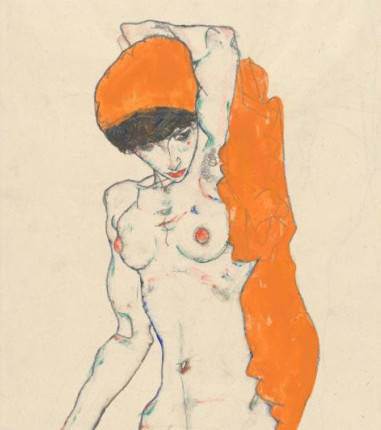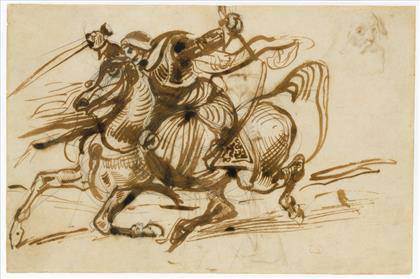
Lucy Raven, Curtains, 2014, anaglyph video installation, 5.1 sound, dimensions variable, duration 50 min., courtesy of the artist, © Lucy Raven.
LACMA pesents ‘3D: Double Vision’ The Los Angeles County Museum of Art (LACMA) presents the first North American survey of 3D objects and practices, tracing cycles of optical investigation, creative expression, and commercial popularity over the past 175 years. July 15, 2018 – March 31, 2019.]]>
Source: LACMA
Featuring artifacts of mass culture alongside historic and contemporary art, 3D: Double Vision addresses the nature of perception, the allure of illusionism, and our relationship to accompanying technologies and apparatuses. The optical principle underlying all 3D media is binocular vision—the process by which our brains synthesize the information received by our two eyes into a single, volumetric image. The more than 60 artworks featured in the exhibition activate this process by means of mirrors, lenses, filters, or movement—requiring active participation on the part of spectators to complete the illusion.
Many 3D media are included in the exhibition—from stereoscopic photography, film, video, anaglyph printing, and computer animation, to the glasses-free formats of holography and lenticular—alongside 2D works that generate 3D effects by other means. The creators of these works are equally diverse: some are noted artists, others are primarily considered scientists, engineers, directors, or designers, and still others are unknown makers.
History of 3D
The history of 3D begins in the 1830s with the invention of the stereoscope. Initially considered a scientific device, the stereoscope soon entered popular culture, as Victorian audiences became fascinated with stereo photographs depicting faraway lands, colossal monuments, current events, and comic scenes. 3D motion picture technology followed in the 20th century, paving the way for the Hollywood boom of the 1950s, along with consumer products such as View-Masters and Stereo Realist cameras. Other 3D formats, notably lenticular printing and holography, were invented to generate dimensional effects without the aid of glasses. Today’s artists have access to these analog techniques and myriad digital tools, enabling them to capture spatial information and create virtual worlds.
Related content
‘A Universal History of Infamy’ – LACMA (exhibition, 2018)
Follow us on:


